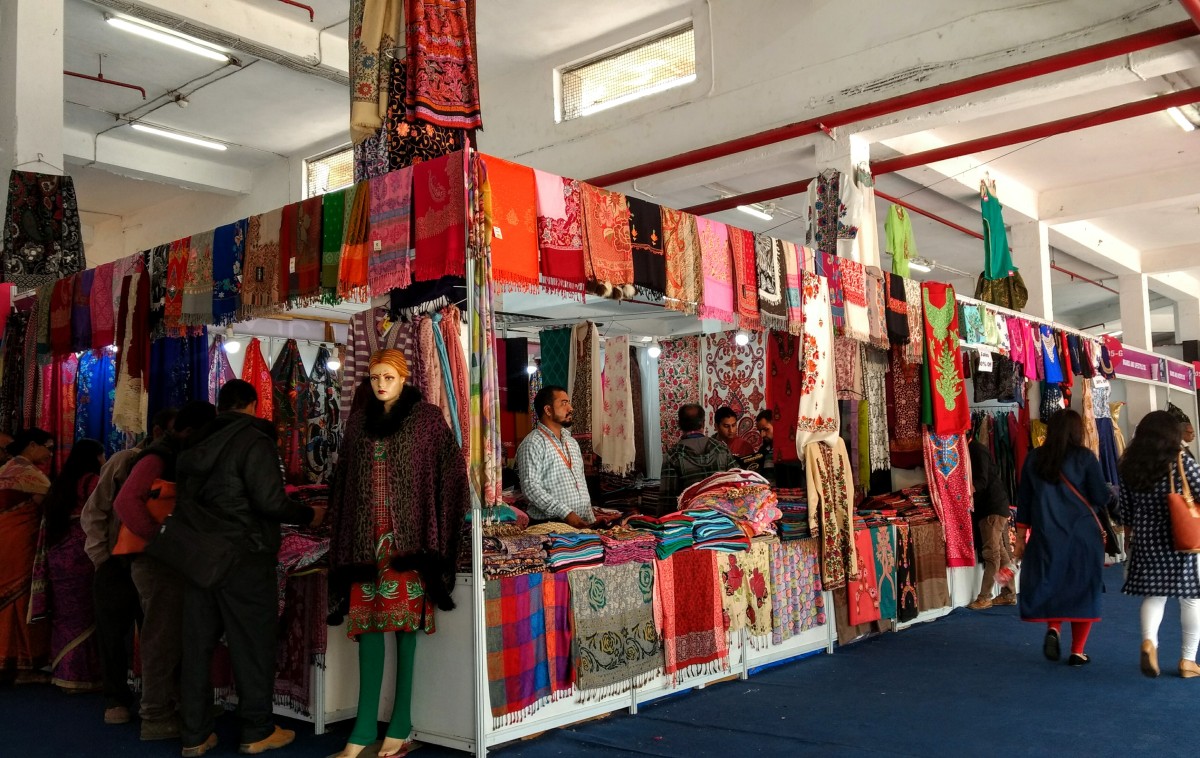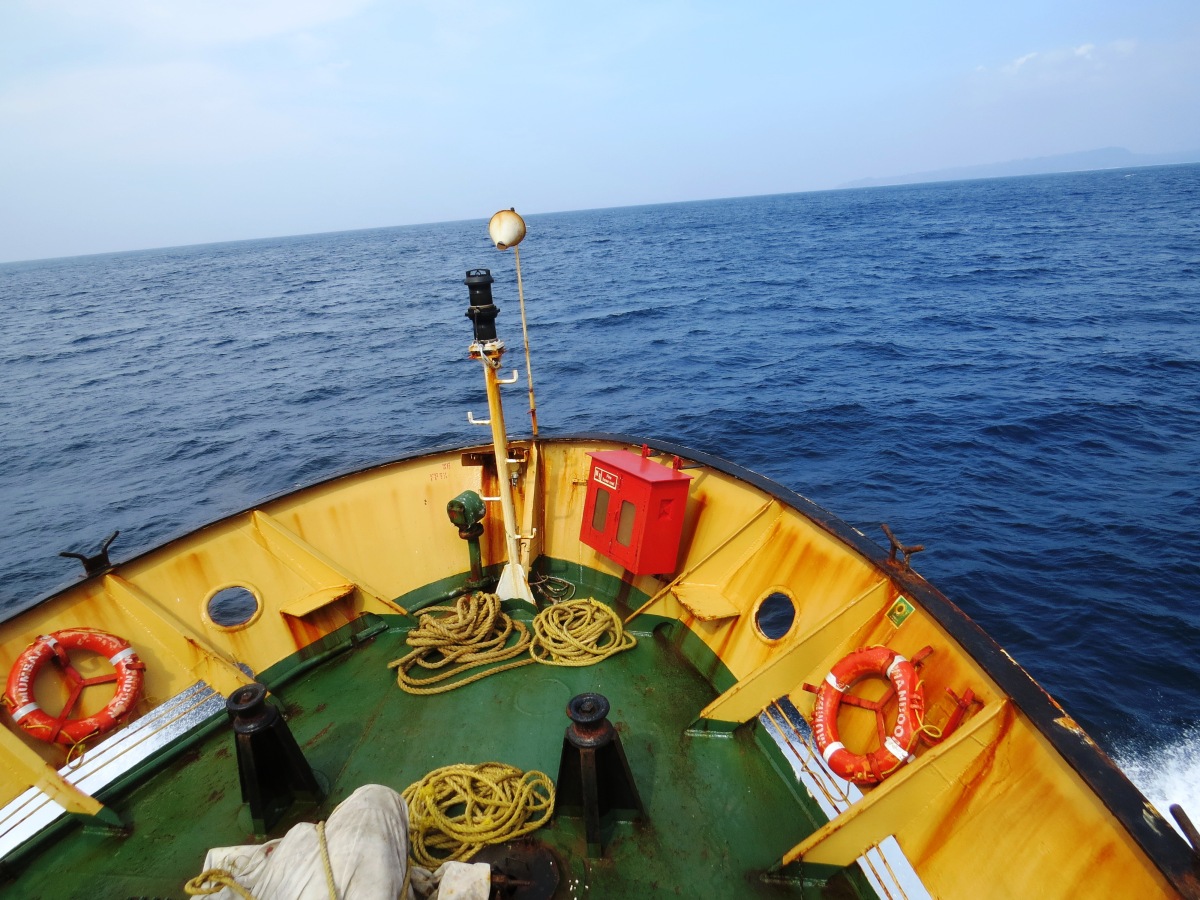After our fight
this particular fantasy
is a fantasy of apology.
I wear my hurt on my sleeve
while my hair grows past my knees –
till at last you
relent.
You crawl upon your elbows
and I cry but you cry more
we are swimming in penitence
awash with repentance
and profound desperate love.
trincomalee mornings
I
i watch my bulbs clasp the thinning edges of the wall,
like fingers knitting light
it is not yet ten o’ clock
the morning before Christmas
II
in my impatience i started reading
from the last line upward
so the image was of a basin of letters
sloshing around, breaking in ink
against the sides of my screen do you
remember how you said, last year, “it’s not that.
it’s just that i’m very aware
that all we do is exchange words”?
III
you were solemn in your message
-is it the sea that’s been weighing you down?
perhaps the need that has returned
with winter
to mute your thoughts before me
with the translucence of those large billowy wrappings
the beige sun has chased away
all your reckless serenades
IV
i don’t mind.
and this morning at the end of december
as i pull myself out of bed
and let the…
View original post 56 more words
Trade Fair: A Short Parting

It was Baba who first explored the India International Trade Fair in 1981. He was fresh off the Kalka Mail from Howrah. Back then, Pragati Maidan had been around for just a decade or so, boasting massive Brutalist structures shaped like beehives, a flagship enterprise of the State to boost commerce and whatnot – the very cutting edge of “newness”. Now the Trade Fair is moving out of this rambling venue for a few years so it can be renovated, and it won’t be back till 2020 (the Big Grand Year). My first memories of the Trade Fair are of being nearly crushed in the weekend stampede because I stood about thigh-high.
Baba, Ma and I parking our secondhand Maruti 800 to bake in the sun outside Bhairon Mandir; my parents are both slimmer and less greyed. There are wasps worrying the discarded Styrofoam cups of Fanta. Post-liberalisation India, and we are one of the many enthusiastic families dotting the concrete wonderland of Pragati Maidan.
Some years later, I remember our house accumulating the spoils of my parents’ intrepid purchases – table lamps made of lacquered gourds and inch-thick dried mushrooms from one of the Northeastern States, innumerable decorative items made of bamboo, discarded after one wearied dusting too many. One of the beds in our house hails from the Trade Fair, as do a pair of pastel-coloured Gond paintings made by a quiet man with a mouth full of gutka. We also bought socks, underwear, ceiling fans, kitchen chimneys, toaster-grinders, knives-and-graters, and shoes from the Trade Fair.
The rotating visits of the “Foreign Country” display constituted much of my exposure to the Indian Subcontinent’s arts and crafts. The Pakistan and Afghanistan stalls would be a sea of foamy green and pale yellow onyx vases, manned by strikingly handsome (and sadly unimpressed) men and women. Thailand furnished me with a blue handbag I carry everywhere, and a couple of silly plastic fish-bedecked slippers. Bangladesh was a twinge of buried nostalgia, our browsing tinged by the sentimental security of a shared language. All the merchants tended to be friendly and infinitely patient in the constant barrage of kya hai yeh? One particular year stands out in my memory because an Afghan lady and her son charmed me and Ma into buying no less than seven pieces of jewellery – bracelets and earrings and necklaces – jade, pearl, coral, and lapis lazuli, each name straight from some romantic Orientalist history book. One of those earrings remains a favourite, because the lady lavished me with compliments when I tried it on. “So pretty!”, she said. It must’ve been in the late 2000’s, at the height of the Afghanistan war.
With perfect clarity I can see myself fidgeting, at 15, having my portrait sketched by an artist who had set up a stall of his work – not much of it was selling. I was intensely conscious of every pore on my face. Everyone says the end result is the most uncharacteristically serious face I have ever worn, a face made strange by a furious repression of the giggles. I made years and years of terrible purchases at the Trade Fair, mostly of earrings, before I settled into an aesthetic, simply because things were so cheap that my parents never begrudged spending. Thanks to my mother’s inveterate curiosity and tendency to ask questions, I learned so much trailing along in her wake. Under her tutelage I went from pulling at her chunni to actually making sense talking about sarees.
Up till a few years ago I feel the Trade Fair was more earnest in its promotion of the textiles, crafts and cuisines of each state, with dedicated areas that would draw coupon-wielding queues. An air of easy cosmopolitanism suffused everything. Ma loved going to Kolkata’s Bijoli Grill and Ben Fish, but I never saw the point of having ghar ka khaana outside. My first taste of Kashmiri Wazwan and neverending hunger for meatballs the size of a child’s fist began here, in an open-aired seating arrangement where we got talking with a pair of old men who had been friends for forty years. The Nagaland stalls would sell pork and bamboo shoot with rice; no VEG-ONLY spaces. Now, the State stalls have folded up and been replaced by a shrunken pavilion that sells inoffensive, homogenised North Indian fare. And pizza. We now carry our own food with us.
In the beginning, we would enter Pragati Maidan through the nearest gate and walk until exhaustion took over. Now, with my mother’s aching knees and my failing stamina, we plan our routes around what we need; how much energy to apportion to the hectic FMCG halls, thronged with as many dawdlers (and screaming children) as shoppers versus the long, steady pilgrimage around the quieter corners of the State pavilions with reams of handloom material. Inevitably our handloom purchases took the longest; they stretched into the offer of too-sweet tea and woeful complaints about the rising price of cotton and silk. Chairs would miraculously manifest from neighbouring stalls so we could sit while Ma haggled over thousands of rupees worth of textiles as it grew dark outside. Even as an uniformed customer I saw the slow decline of the rural economy through the changing trends of the Trade Fair. The steady stream of weavers, craftsmen, artists and artisans dried up, along with certain kinds of cloth. There are more synthetic mixes; Kalamkari or batik or bandhej are now more commonly available as prints than in the original forms. There is also an absurd focus on the rhetoric of Digital India, with halls fronted by holographic displays of politicians and LCD screens of anonymous footage and graphics that everyone scurries past. Inside, the rural traders bitterly chuckle at the idea of PayTM after the blow of demonetisation.
What made Trade Fair special, I realise, was not some hipster sensibility of competitive “ethnic-ness” – it was the traders themselves. We have gathered so many business cards over the years, pressed into our hands with the insistence that we must visit if we are ever in their native city. We also made repeated journeys to the very same stall over the years, for instance, a man comes from Telengana bearing the very best garlic boondi human hands have ever made. My “bhaiyya, thoda taste?” handfuls could qualify as a separate purchase but they were always indulgently given. Our haggling always felt good-natured, intimate. People would wave you over to their stalls, offer free samples of everything from khakra to various fruit juices – regardless of how well-heeled you are. I’ve never seen the snobbery of a mall at any of the Trade Fair pavilions.
SARAS, the rural handicrafts pavilion, is a treasure trove for pickles, jute bags, various spices and powders, and a particular favorite of ours. It is much more difficult to casually, silently walk away at the Trade Fair when the kaarigar is working on a piece of embroidery in front of you while cajoling you into buying something a little beyond your budget. The casual windowshopping encouraged by malls is difficult when you look the maker in the eye. Troupes of performers randomly walk through the lanes. Sometimes they are from Punjab, or Kerala or Assam, and everyone swivels their neck to watch. A clanging, and drumming, and singing; and everyone turns back to work with a leftover smile on their lips.
Maybe my sudden attack of nostalgic fervour is prompted by news of Trade Fair’s temporary absence, not simply because I’ll miss shopping there but because I now recognize how integral this kind of consumption – slower, more engaged, equal parts entertainment and acquisition – is to my self-image. I take an absurd pride in answering questions about what I’m wearing with the reply that it is from the Trade Fair, followed by the un-asked for details of which state pavilion, from whom and for how much. I then become an annoying aunty out of pure affection; forgive me. I have been at Pragati Maidan at the very minute the gates opened, over the past many years when Novembers were colder and a faint mist would make us pull our shawls closer. I have walked the deserted lanes of its perimeter, lost and hapless until a kindly Sulabh worker or gardener would point us on our way, back through the less-frequented path flanked by floss silk trees. How much I’ll miss sourcing Fab India kurtas from the very suppliers and craftsmen, for a fraction of the price; how much I’ll miss collapsing in a heap of bags on the closest surface, feeling deeply satisfied at the little bit of garlic boondi I have squirelled away in my pocket.
New Deadly, 2016.

I am in the exact middle of my twenties
watching the sky descend onto the road
carefully, so that I don’t swerve into oncoming traffic
my eyes closing like the thin triangles of streetlight in fog
When did my bones become so heavy?
You must be logged in to post a comment.